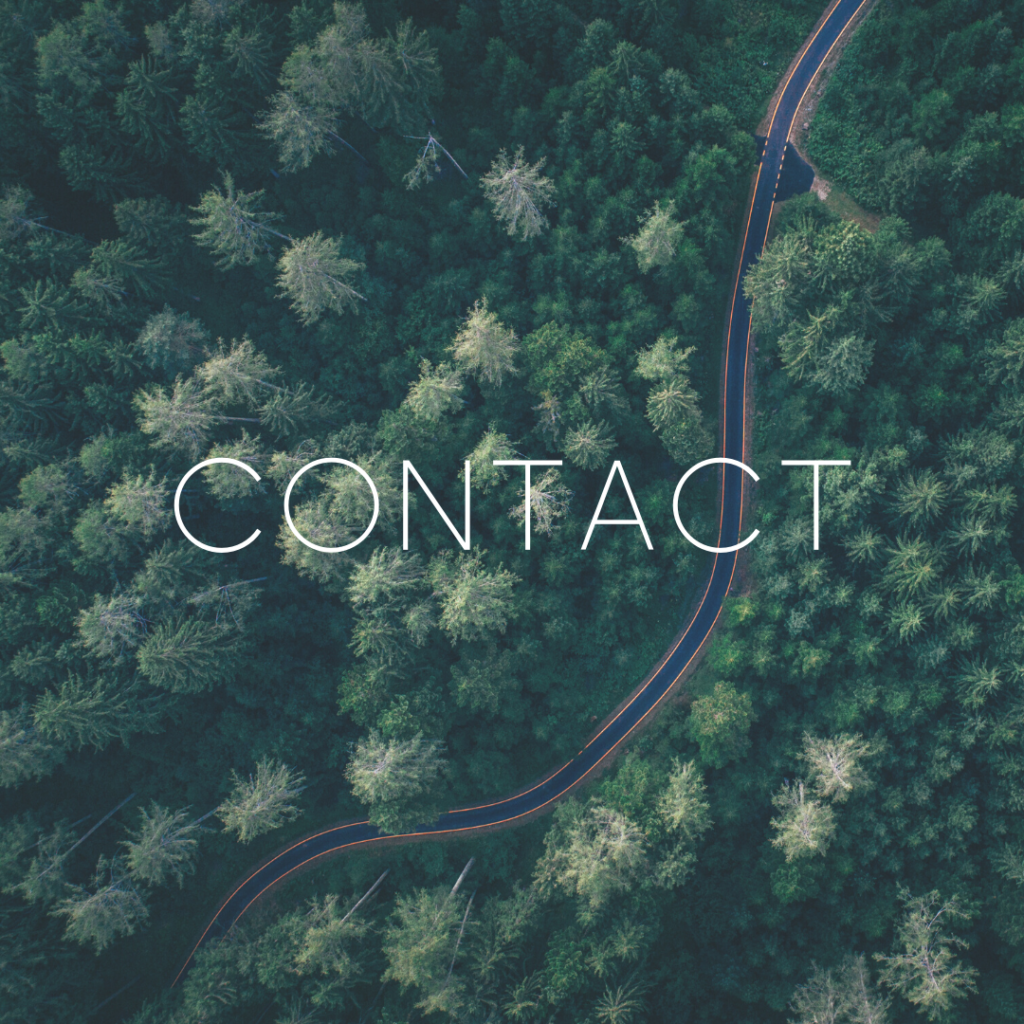Relearning to live with the living
In 2025, we are living in a time when we have never been so connected and yet so far removed from the real world. Every minute, we scroll, comment and consume information. We have learned to live in bubbles of algorithms, in sterile environments – air-conditioned, digitised, calibrated for comfort. Technologies are advancing at breakneck speed, with the massive arrival this year of artificial intelligence invading every aspect of our lives. And never before have we felt so disconnected from the very foundation of our existence: the Earth.
The Earth continues to turn, despite the fact that, on its surface, forests are burning, oceans are acidifying, soils are being depleted and species are disappearing. And we, human beings of the Anthropocene era, continue to act as if this did not concern us, as if we could live detached from our own substratum: the Earth.
Reconnecting with the Earth is no longer an option: it is a vital and essential necessity.
An era fascinated by the spectacular
In 2025, humanity has never been so ambitious, with bigger and crazier projects… Space tourism, once a dream, is now a reality. Capsules are already taking billionaires into space for a few minutes of weightlessness. These projects are fascinating, but they also raise questions.
At the same time, on Earth, futuristic infrastructures are expanding and multiplying. Luxury hotels are invading previously unspoilt natural sites. In cities and deserts alike, temples of glass and steel are being erected in the name of progress. Forests are retreating, and with them biodiversity is being seriously impacted as concrete gains ground. Motorways, data centres, buildings, luxury homes, luxury hotels and cruise ships, ever-taller skyscrapers: everything is designed to optimise, connect and make money. But at what cost? And how far will we go?
Behind these projects lies an increasingly sophisticated, energy-hungry and omnipresent technology. It’s not just used to construct these buildings; it has become an integral part of our daily lives.
Technology: between the promise of comfort and a profound disconnection from the living world
In 2025, technology is everywhere. It regulates our homes, tracks our movements, anticipates our needs, optimises our diet and monitors our sleep. Voice assistants wake us up, algorithms advise us, connected watches dictate our stress levels. We are saturated with information and demands. We communicate more via our screens; real social interaction is becoming rare. Artificial intelligence is transforming not only our working practices, but also our way of thinking.
On the surface, technology is there for our convenience. In reality, it disconnects us from what’s essential, from what’s alive. It disperses more than it brings together.
Hyper-connected, we have forgotten how to find our way without GPS, how to listen to our body without a health app, how to observe natural cycles without weather notifications, how to observe animals and plants. Each technological advance that is supposed to ‘make life easier’ replaces an ancestral skill and deepens the rift with the Earth. It’s as if we’re on automatic pilot, reflecting a massive dematerialisation of our relationship with reality.
This hyper-connection to the artificial world has an energy cost that is often presented to us as ‘green’ – a dangerous illusion.
The ecological cost of digital technology: a discreet disaster
Digital infrastructures are based on an ecological disaster that is all too often invisible: mining, forced labour, electronic pollution, massive energy consumption, chemical pollution, deforestation…
A single query on a search engine consumes electricity, and multiplied by billions of queries, this is no longer environmentally friendly. Sending an e-mail seems to be more environmentally friendly than sending a paper letter, except that it consumes a lot of CO2. Just as data centres, which host our photos, videos and back-ups, alone emit millions of tonnes of CO₂ every year.
And the extraction of rare metals (lithium, cobalt, coltan) needed for smartphones, batteries, electric cars destroys entire ecosystems.
This connected world that is presented as essential is based on invisible but very real pollution. This pollution impacts the health of the ecosystems on which our survival depends.
Can technology help us reconnect? Yes, but…
Can we use technology to reconnect with nature? Yes, to a certain extent – if it invites us to live differently, rather than shutting us in further.
Approaches such as digital sobriety and low-tech are now trying to reconcile innovation and meaning. It’s about using technology wisely: not to replace the experience of living, but to prepare it and raise awareness. Technology can be a learning tool, but it must never replace or impoverish our capacity for analysis, reflection, observation and action.
Some immersive technologies go some way towards achieving this. Sound walks in the forest designed to stimulate deep listening. Virtual reality documentaries that plunge you into the heart of ancient forests, coral reefs or threatened territories. Augmented reality applications that help you recognise wild plants, constellations, animal tracks, etc.
These technologies can be useful, but they can never replace a real experience in nature, where we mobilise all our senses to better understand, feel and integrate the way nature works – something that digital technology is far from being able to convey.
We learn more in the field than through a machine, a helmet or connected glasses. Reading an information sheet about a plant is no substitute for smelling it, observing it, contemplating it or seeing it.
Getting back to Earth: an essential act in a hyperconnected world
Reconnecting with the Earth is important, especially in a hyper-connected society such as we know in 2025. By reconnecting with the Earth, we reconnect with our essence, we live with her, her seasons, her cycles, her storms, her eruptions, her earthquakes. It’s everywhere, all around us, it’s not a décor, it’s where we live.
That’s why we have to get out of the habit of seeing nature as a backdrop for a photo or a trendy, instagrammable place. It’s first and foremost the real world in which we live, and while it’s true that this world is magnificent, if we want it to continue to be so, we have to put things in their proper perspective, and that means saying no to a society that is constantly speeding up, and refusing to be dictated to by technology. Above all, it means reaffirming who we are: biological beings, incarnate and interdependent with living things.
Conclusion: relearn how to inhabit the world
We can no longer content ourselves with denouncing the excesses and depletion of our planet. It’s time to embody a profound change, to relearn how to inhabit the world with humility, slowness and awareness.
Returning to the Earth is not just a return to our roots, it’s a radical act of resistance in the face of the mad acceleration of a technological and consumerist world. It means choosing to reconnect with our senses, to fully experience living things, to listen to their rhythms, strengths and fragilities.
This reconnection is a commitment. It invites us to care for the Earth as it cares for us, to recognise our place in the great web of life, and to act accordingly.
The revolution we need is neither digital nor virtual. It is profound, ecological – a revolution of the heart and the body.
It begins right under our feet, in full awareness.
Ilustrative photo: @canva
Internet sources:
- Lowtechlab.org – La low tech
- Brigadenumerique.ca – Sobriété numérique
- Lemonde.fr – Derrière la déferlente des data centers
- Consultisenvironnement.com – Consommation data center














